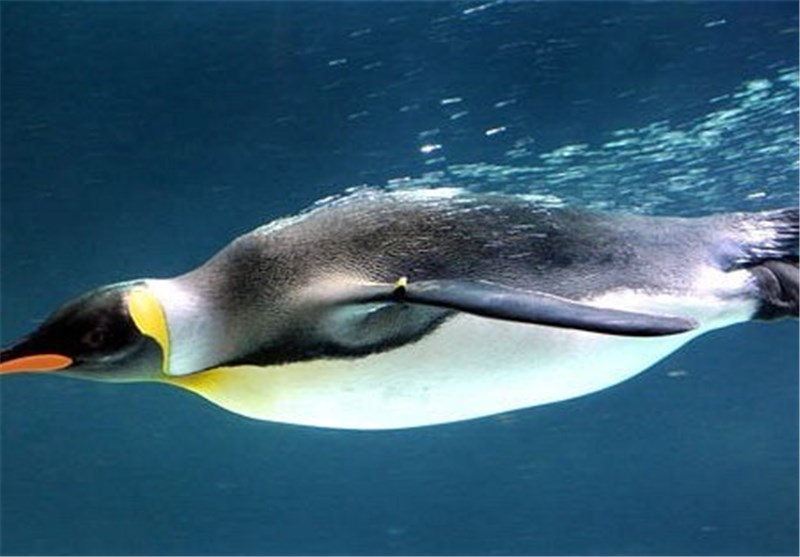Penguin Skull Fossils Reveal How They Became Such Great Swimmers
TEHRAN (Tasnim) - While penguins are unable to fly, they have several adaptations that make it possible for them to glide easily through the water, and now researchers at the US and Argentina have discovered the changes to the penguin brain that helped these birds become effortless swimmers.
Writing in the latest edition of theJournal of Vertebrate Paleontology, the authors reported that recently-found penguin skull fossils recovered from 35 million year old sediments at the Eocene La Meseta Formation of Seymour Island in Antarctica revealed morphological changes that took place in their brains and helped penguins make a seamless transition to the water.
“Comparing multiple species (extinct and living penguins and living birds that both fly and dive), in the way our study does, brings us closer to the answers of two major questions about penguin brain evolution,” lead author Claudia Tambussi said in a statement, science website Redorbit reported on Saturday.
“What major morphological changes have occurred... [and] when did these changes occur?”
‘Flight-ready’ brain makes penguins better swimmers
Tambussi, a researcher at the National University of Cordoba, and her colleagues used CT imaging technology to analyze the well-preserved fossilized skulls, and those scans revealed several types of features associated with this transition, including those linked to sensory abilities, including an area of the brain associated with complex visual function that was enlarged.
“The Antarctic fossils reveal that the neuroanatomy of penguins was still evolving roughly 30 million years after the loss of aerial flight, with trends such as the expansion of the Wulst and reduction of the olfactory bulbs still in progress,” explained co-author Daniel Ksepka.
Furthermore, features in the ear region provided insight into the position and equilibrium-maintaining capabilities of these ancient penguins, the researchers explained. Combined, these findings indicate that the flightless birds had several adaptations found in modern counterparts, as well as some unique traits not found in currently living species of penguin.
Some of those adaptations were also found in modern-day flying birds, which sheds new light on the unique swimming techniques used by penguins. While they are considered flightless, Kspeka explained, “when it comes to wing-propelled diving they are essentially practicing underwater flight. The brain morphology reflects this as penguins retain an overall ‘flight-ready’ brain.”






